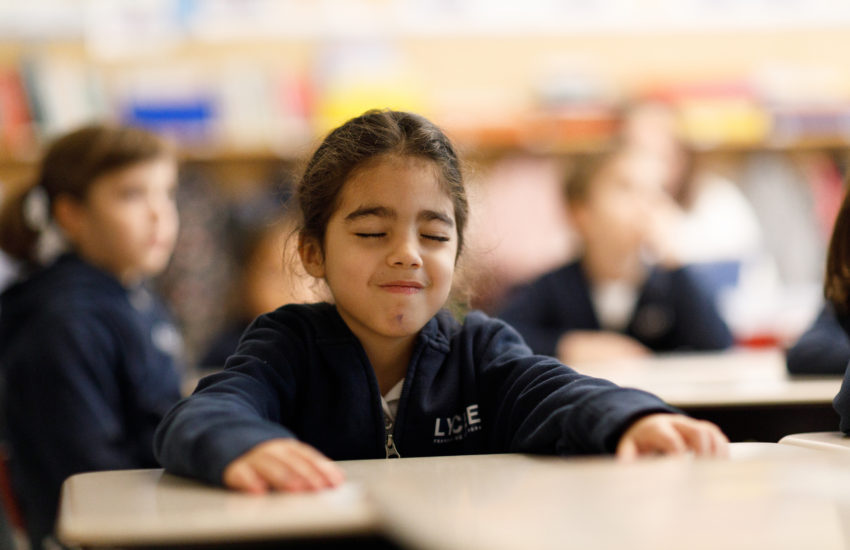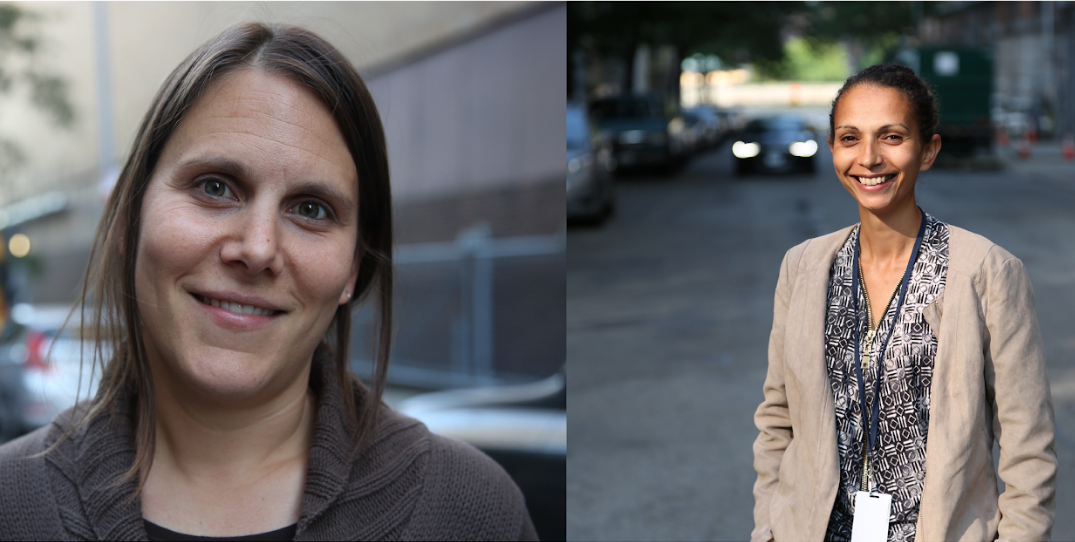Children’s literature might sound like child’s play in comparison to literature for adults, but it’s not! The genre comes with questions and relationships that are at least as complex as books for grown-ups—if not more. Children’s literature must work to set itself apart from general reading culture and maintain autonomy.
We often say that literature holds a mirror to the society in which it was created. If this is true, then children’s literature is a way to prepare younger generations for the society in which they will live. In this sense, books for young people should have both a didactic scope and represent the world around us with as much accuracy as possible. Children’s and YA books should aim to nourish positive values, creativity, and reflection in the citizens of tomorrow.
However, if we take a closer look, we realize that the representations of the world put forth by much of children’s literature leave a lot of room for improvement.
According to a 2015 study conducted by the American publisher Lee & Low, nearly 80% of human characters in books for young people in the United States are white, 88% are heterosexual, and 92% are not disabled.
In addition, numerous studies on this subject have shown that children’s literature is full of stereotypes. This is problematic because we know that children, from an early age, construct their understanding of the world based on what is shown to them. But how can our kids imagine that what they see in books is fair when so many individuals, and so many realities, are hardly present, and sometimes non-existent, in the pages of what we give them?
This need for more diverse representation does not stop at the characters found in books for young people, but affects the world of the children’s literature as a whole. Very few authors are from minority communities. Staff working in publishing houses, libraries, and schools also should be more representative of the diversity of individuals and communities that make up our societies.
The good news is that, little by little, more voices are being heard. More and more, people from a diversity of communities and backgrounds are picking up their pens and trying to offer other types of realities, which are their own. Conferences on this subject have emerged. Informational events and panels attempt to bring awareness to the need for improved dialogue that we have outlined above.
During our research, we tried to take stock of the latest data and studies devoted to the theme of diversity and representativeness in children’s literature. From this, we are working to develop three lines of thought:
- We at the Lycée should make an effort to engage in more dialogue about cultural diversity in books intended for children and adolescents
- Our library should continue to build its book collection with diversity of perspectives in mind for student readers
- Our community of teachers and leaders should continue to develop learning opportunities that foster in-depth reflections from children and adolescents on this issue.
Through our approach, we hope to build awareness among adults on the one hand and students on the other hand to the issue of inclusive literature. We are all responsible to take ownership of the issue and propose initiatives to change attitudes.
About the Author :



One comment
Comments are closed.